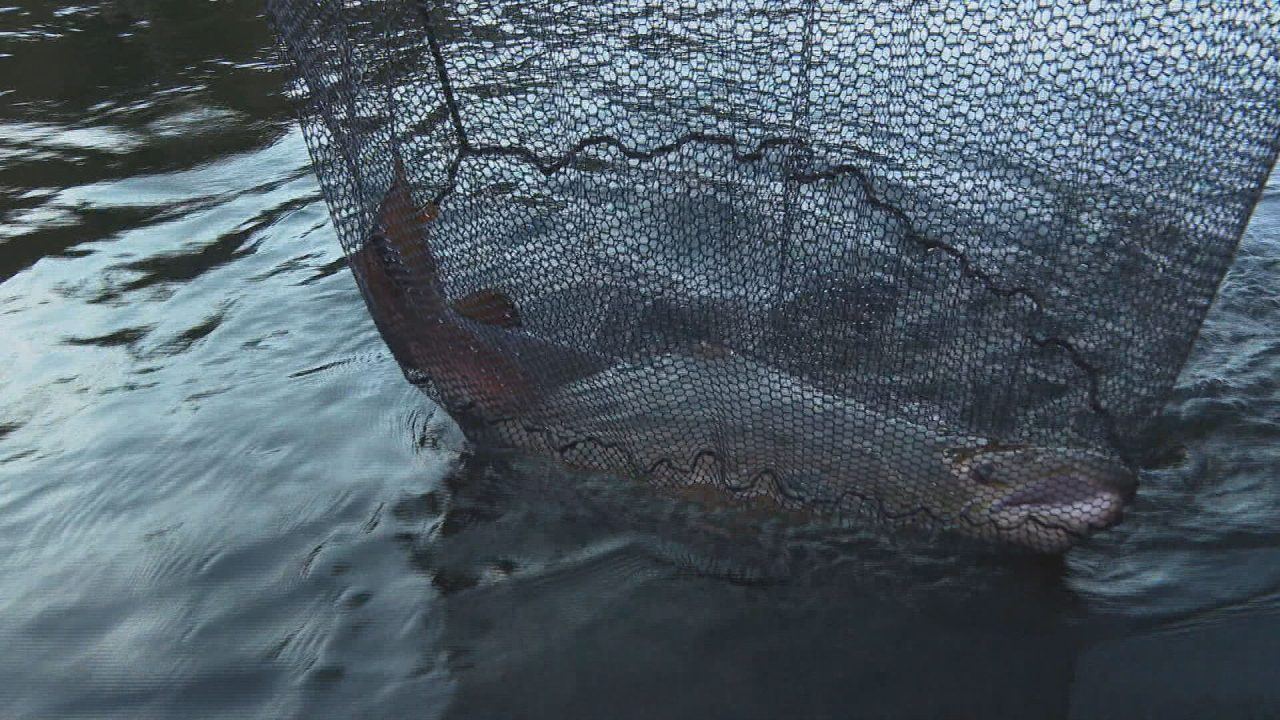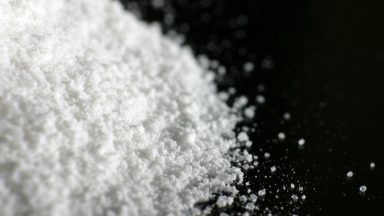Salmon catches on the River Tay are the best in a decade, after a strong run of fish during the summer.
The season closed on Tuesday with an estimated increase in landings of around 40% on last year.
It comes after years of decline, as the Atlantic salmon faces challenges from climate change, predation and pollution.
The Tay District Salmon Fisheries Board (TDSFB) say around 6,000 fish were rod-caught between mid-January and October.
Last year’s total was 3,500, with the annual average for the past decade around 5,000.
TDSFB director Dr David Summers said: “As things stand, I reckon we will probably have caught around 6,000 fish for the season, which means it’s probably the best season since 2016, but if we were only to consider the period from July onwards it’s probably the best in at least ten years.

“We would like to think that conservation work we’re doing on the river, for instance catch and release, is having an impact, but what we’re seeing is that it’s not just the Tay that’s having a benefit, it’s been widespread.
“It seems there has been an improvement in sea survival. Something has benefited salmon out in the North Atlantic and we’re getting a good run of fish in the summer and they’re still here in October.”
On the Ballathie beat near Stanley, catches are up around 30% on last season, with five salmon landed on the last day of the season.
“Last year we finished with 161 salmon, this year we’re over the 200 mark,” said head ghillie Garry Mcerlain.
“It’s not just us, there’s been a wider spread on the whole river this year. Last year it tended to be just a few beats that were fishing well.
“There seems to have been a much better distribution of salmon, but we’re not out of the woods yet.”
In the heydays of the 1970s and 80s, when netting still took place at the mouth of the River Tay, the annual salmon rod catch on the Tay could top 15,000.
The species has been in decline in recent decades with the Scottish Government publishing its Wild Salmon Strategy in 2022 and an implementation plan the following year. It details more than 60 actions to be taken over a five-year period to help the recovery of stocks.
Dr Summers added: “The trend has been downwards and we can only do what we can do here in terms of conservation, we can’t affect what goes on in the North Atlantic.
“That’s why it’s essential that everybody who has got an impact on rivers should do what they can to try and make sure we send as many young salmon to sea as possible.”
Follow STV News on WhatsApp
Scan the QR code on your mobile device for all the latest news from around the country



























